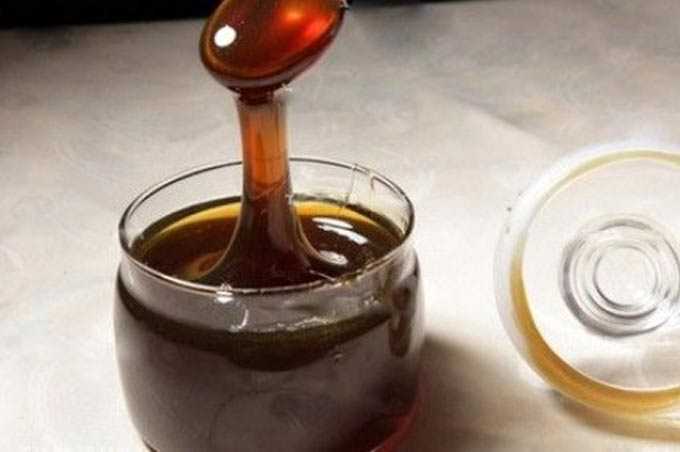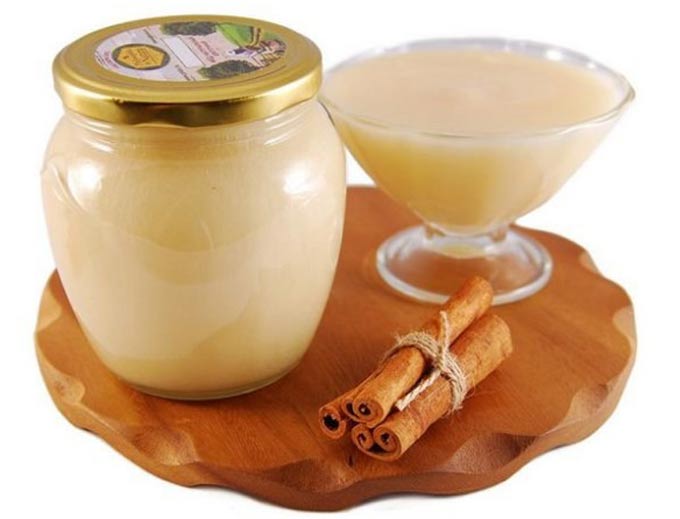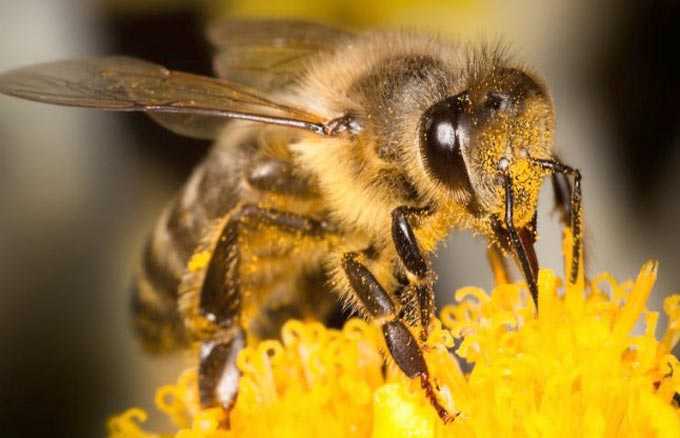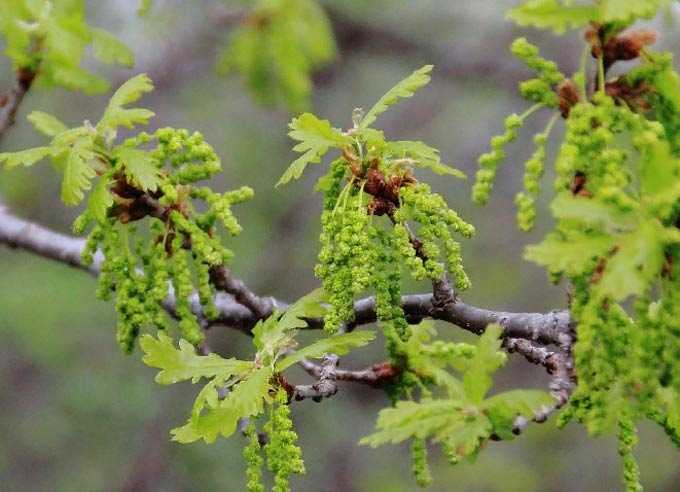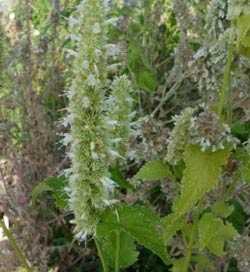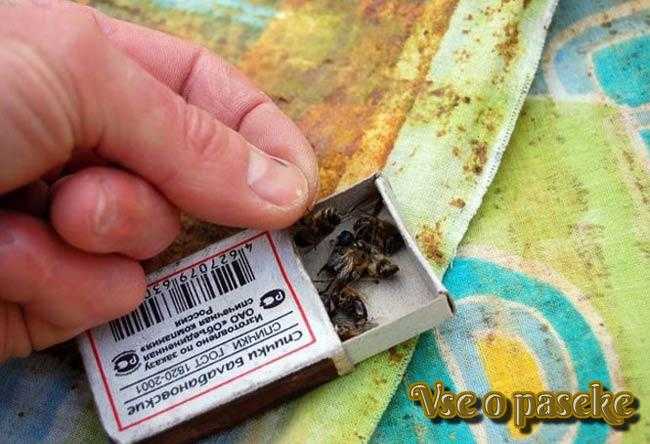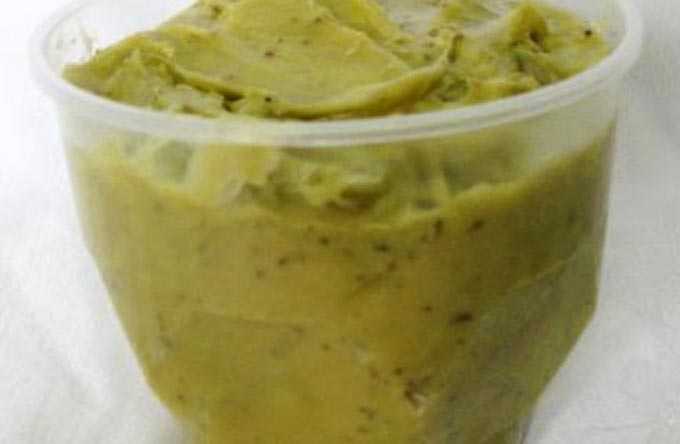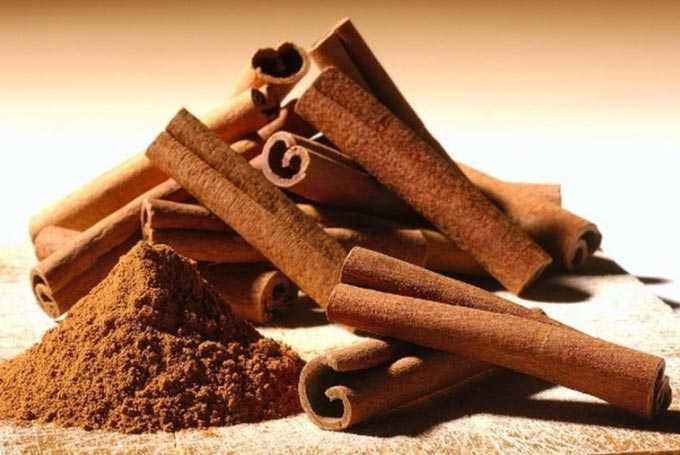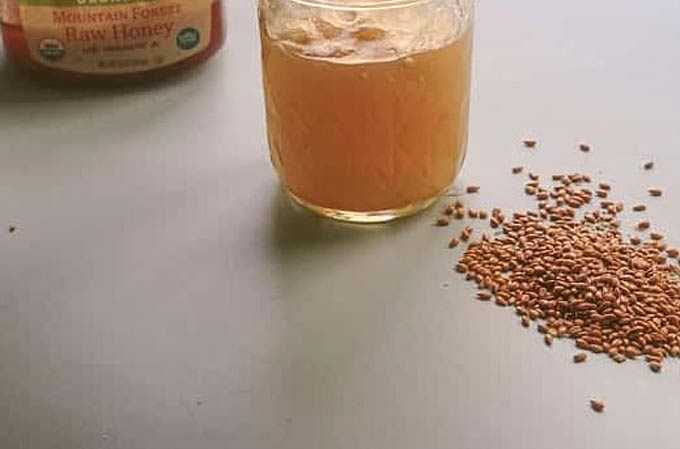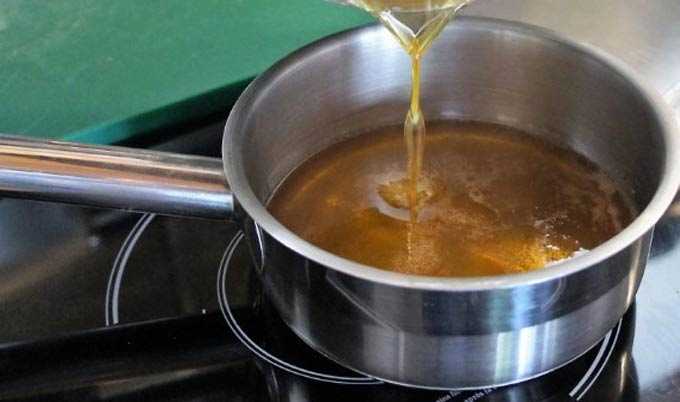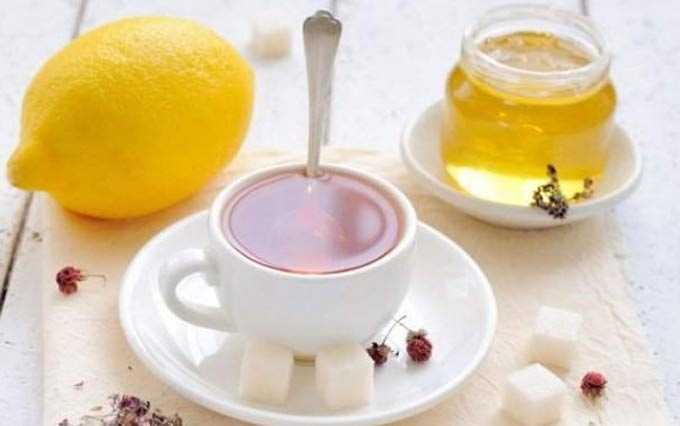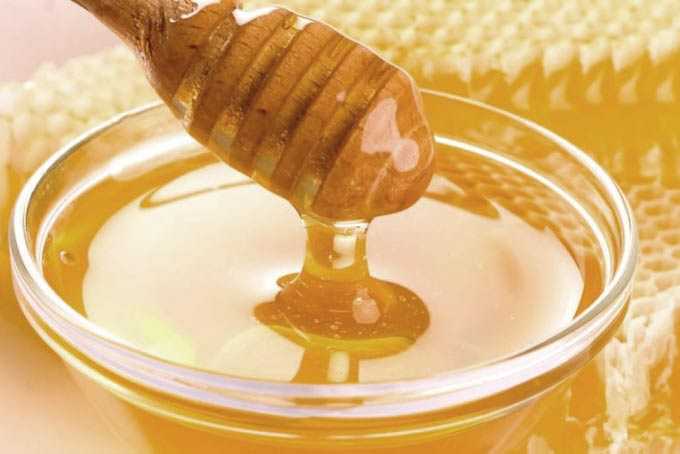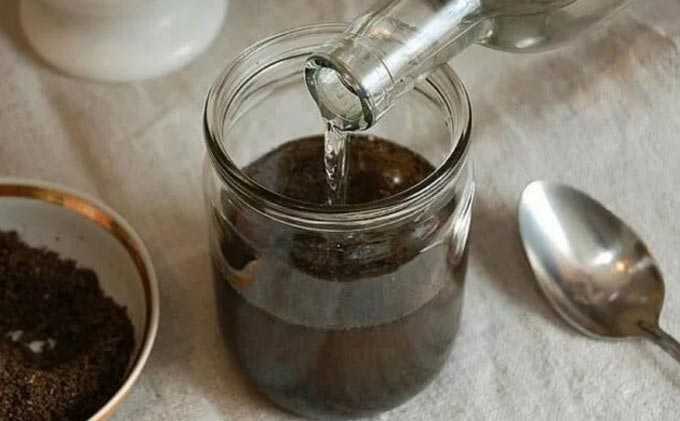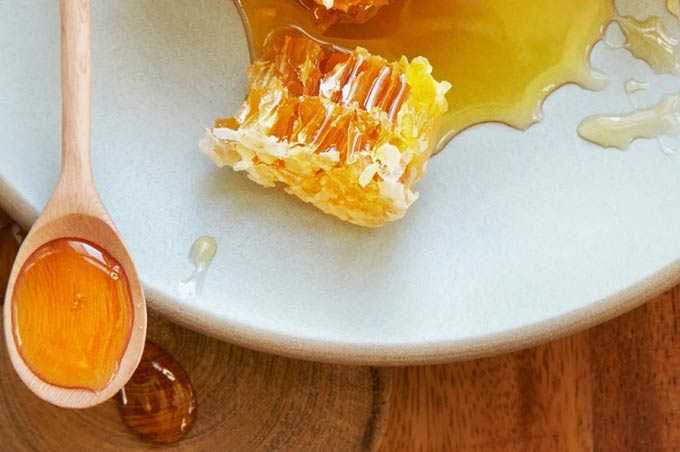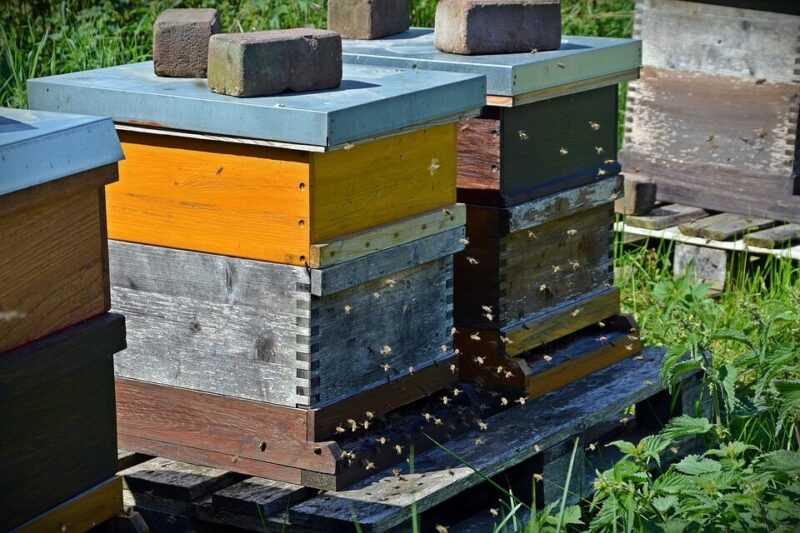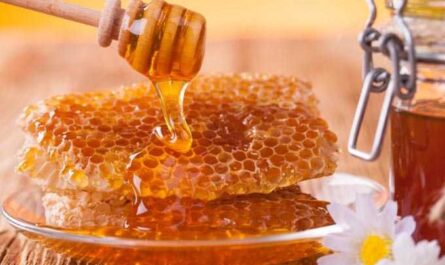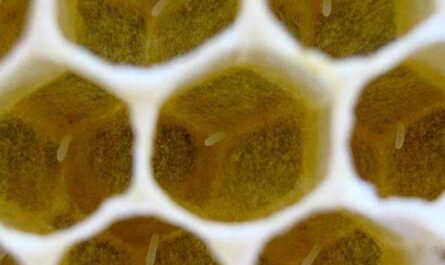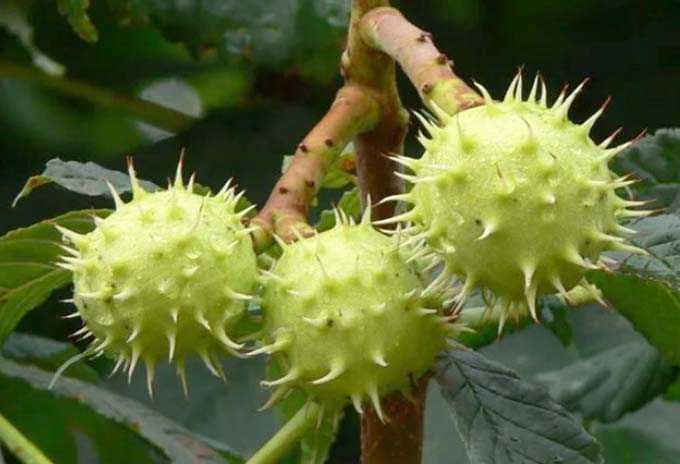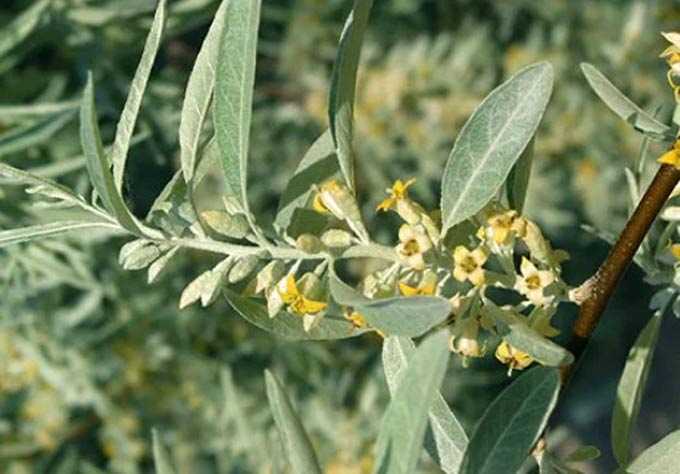The question of what varieties of honey are – the most common among potential consumers of this bee product. Of course, any honey is tasty and healthy, if it is 100% natural – produced by bees from pollen.
Elite is determined by a combination of several characteristics: color, combination of taste and smell, as well as the speed of sugaring. Moreover, there is no consensus on crystallization. Someone likes a candied product, others prefer varieties that remain in a liquid state for a long time.
And the question of the benefits lies in the field of traditional medicine – everything is subjective here.
The content of the article
- 1 The color is different
- 1.1 Dark
- 1.2 White
- 2 Elite and human benefits
- 3 Sugar (crystallization)
The color is different
The colors are determined by the quality of the collected nectar, which includes water-soluble and fat-soluble substances. Water-soluble (mainly tannins and anthocyanins) give the bee product a dark color. And fat-soluble ones provide light yellow and greenish hues.
Also, the color characteristics are influenced by the breed of bees (its preferences regarding plants during honey collection), the quality of the honeycomb. With a strong, but short flow, lighter species with a pleasant aroma are obtained. With prolonged, but weak – dark.
There are seasonal differences. Spring honey is always lighter than late summer and autumn honey.
It is known that all honey varieties are divided:
- for one-component – monofloral;
- and multicomponent – polyfloral.
The color variety among them is the widest! But it is easiest to decide on the shade of a monofloral bee product, since it was created by bees on the basis of nectar from one plant with insignificant admixtures of other melliferous plants.
The color of polyfloral varieties can vary depending on the predominance of a particular plant:
- May honey has a delicate golden color;
- collected in meadows – rich yellow;
- forest – these are variations from light yellow to dark brown;
- mountain honey has the same colors.
Dark
With monofloral varieties, it will be easier for the buyer.
Conventionally dark varieties of honey are:
- buckwheat (shades of brown);
- budyak or thistle (light amber);
- heather (from dark yellow to reddish brown);
- mint (amber);
- bruise (light amber);
- sage (light amber).
White
White honeys are obtained mainly in the process of sugar (crystallization). It looks like this:
- linden – small crystals, greasy consistency, white;
- white acacia – milky white, candying occurs only after long-term storage;
- mustard – after crystallization, a creamy shade appears;
- sweet clover – sometimes in a liquid state, white with a greenish tinge;
- alfalfa – white after sugaring, resembles heavy cream in consistency;
- clover is hard, fine-crystalline, white.
More details can be found here:
Monofloral (one-component) honey varieties
Polyfloral (multicomponent) honey
Elite and human benefits
The concept of elite varieties of honey is rather arbitrary, since it is not completely clear what exactly needs to be assessed in the first place – appearance, combination of taste and smell, or medicinal characteristics.
In terms of cost, an elite variety can be considered a bee honey obtained from wild bees.
Varieties obtained from rare plants are also appreciated. For example, this:
- mountain polyfloral variety produced in the climatic conditions of alpine meadows;
- or garden honey produced by bees in April-May when working mainly on fruit and berry crops.
The best honey varieties are traditionally monofloral – the most widespread and appreciated by a wide range of consumers.
It:
- lime;
- acacia;
- fireweed (with ivan tea);
- crimson;
- buckwheat;
- sunflower;
- rapeseed (valuable as a means of improving immunity in townspeople, fighting toxins, radiation).
The most popular types among buyers are linden (lipets), acacia and buckwheat. As you can see, their choice is not due to color alone. Buckwheat gives dark nectar, acacia is very light and transparent, linden is pale yellow.
And the most useful varieties of honey are:
- Lipets is a champion among monofloral varieties for medicinal properties. It is recommended to take it as the basis for many recipes of traditional medicine that help with a variety of diseases.
- Meadow, which includes the nectar of various melliferous plants, and is distinguished by a wonderful bouquet of herbs in smell and taste.
- Maisky, prized for its early appearance on the markets. It also has good taste and medicinal characteristics.
Sugar (crystallization)
I would like to note right away that the rate of crystal formation does not depend in any way on the honey collection time. This is a natural process, which is determined by the type of vegetation and the properties of the collected nectar.
Varieties obtained from cruciferous plants – rape, rapeseed are susceptible to rapid crystallization. Such a bee product thickens in just two weeks, despite the hot summer weather.
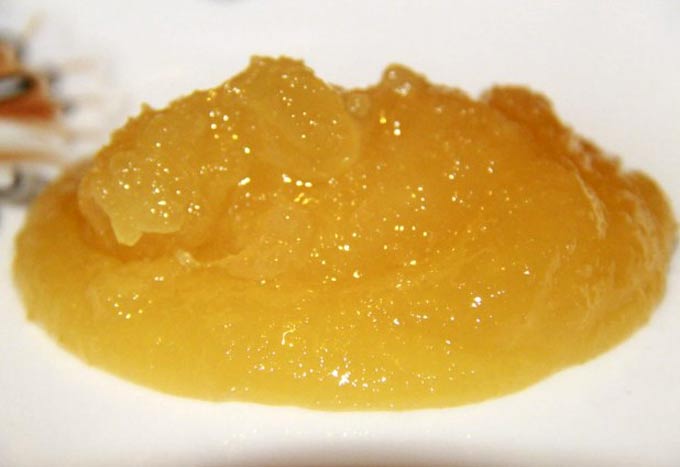
- dandelion;
- sowing;
- sainfoin;
- alfalfa;
- clover;
- cotton;
- sunflower;
- heather;
- clover;
- chestnut;
- pumpkin;
- swallowtail (collected from cotton wool).
What types of honey do not crystallize? Such in nature simply does not exist. Even acacia is prone to sugaring, although it can be in a liquid state for a long time. Rather, the question needs to be posed differently. Which species will have the slowest appearance of sugar crystals?
It:
- white acacia (the thinnest variety);
- sage;
- bruise (thick in consistency, but liquid for a long time).
On a note. You can mix different types of honey. This is practiced to obtain a beautiful fine grain structure. 5-10 percent of the already sugar-coated bee product is added to the bee product pumped out of the honeycomb. And then the whole batch is kept at a temperature of 13-14 degrees, when the crystallization process occurs as quickly as possible.
